Commentary
At Eddy Teach’s Raw Bar, the bartender was worried: If the oil reached the oyster beds, a lot of people’s livelihoods would be destroyed. Apalachicola is famous for its oysters. She knew the ocean currents often protect the bay—but if a hurricane hit, it could push the oil into the beds.
Last week I returned to the area. As always, I looked for the dolphins. I saw none on the first day, and none the next day. The National Wildlife Federation had said that they were abundant, and that hundreds of dolphin deaths this spring would not affect the population in the long run. Were the experts wrong?
No dolphins appeared on the third day, either. I did see a comical panhandling great blue heron, as it stationed itself near a fisherman and waited, angling its long, crane-like beak.
St. George Island depends on vacationers and fishing. It’s so nice there that people who already live in Florida go there for vacation—and people come from far away, too, according to our house’s guest book, which had grateful notes from Ohioans, Bostonians, and even Europeans. The local people work mostly in the service industries, construction, or fishing.
Eddie Teach’s broiled oysters were just as perfect as they had been last year. Fishing boat lights appeared on the horizon at sundown, just as they always had. But some of the businesses were gone. Of two bicycle rental places, one was vacant, boarded up, falling down. One restaurant no longer served breakfast. A real estate company sign offered “Remarkable Opportunities.”
The proprietor of a restaurant said the spill hit the island hard—not physically, but economically. No oil reached them, but people stayed away. He said he hoped he could hold on through this season.
A basset hound and a golden retriever lolled on his pet-friendly dining porch, a common feature on the island. A volunteer fireman sat down near the tail-thumping golden to give it a friendly head massage. According to the local Chamber of Commerce, St. George Island chose to be pet friendly as a marketing gambit, to attract vacationers who dream of throwing a Frisbee to Spot along the beach. Dreams are important for a tourist spot.
Tangible Effects
BP recently gave millions of dollars to Florida and other Gulf Coast states for tourism marketing. This may seem misguided. Of course, the company should repair the physical damage it caused. But the damage to reputation has tangible effects, too.
None of the oil from the Deepwater Horizon disaster reached this protected curve of coastline, yet the area lost out economically anyway.
On the fourth day, the dolphins appeared. They traveled up and down, just like always. They were present every day after that, in their usual numbers, blowing vapor and leaping, in groups and in pairs, mothers and calves.
I also saw tiny tar balls. The sand there is white, and those little culprits sat on it looking as black as the devil’s heart. We called the Coast Guard. A group of guards appeared at our door so quickly we joked that they must be stationed a block away. They were already there to investigate and remove the tar—they had hired contractors to pick it up. A laboratory was going to analyze where it had come from.
We got a robo-call advising us not only of how to survive rip tides, but also what detergent to use if we got tar on our clothes. It was the first time tar balls had come to these beaches, people said. The rumor was that a tanker in the gulf was at fault.
It is worth it for this civilization to put a lot of thought into finding better ways to power itself. The dolphins, the herons, the St. George Chamber of Commerce, and the bartender at Eddie Teach’s Raw Bar would appreciate it.
[email protected]
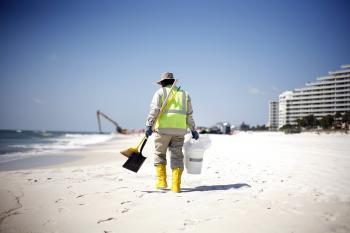

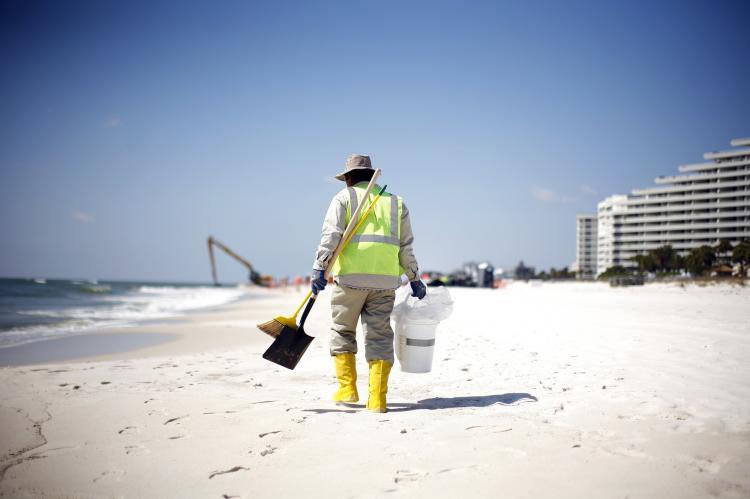
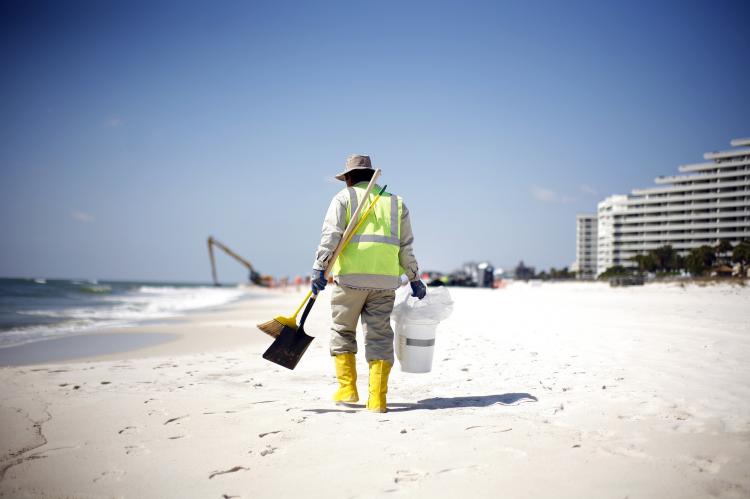
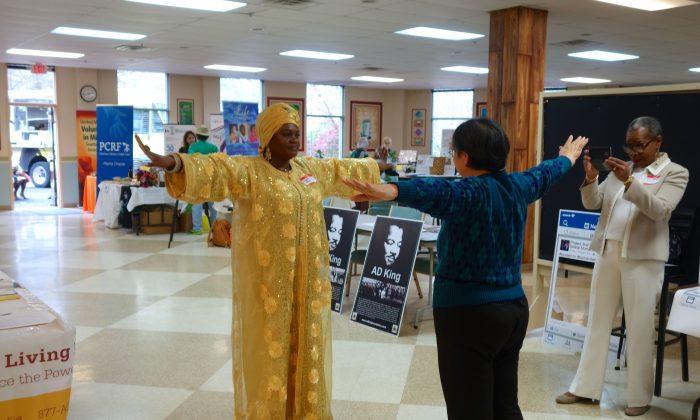
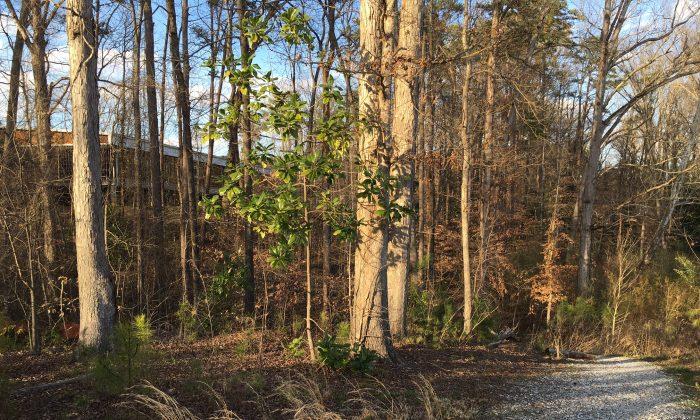


Friends Read Free